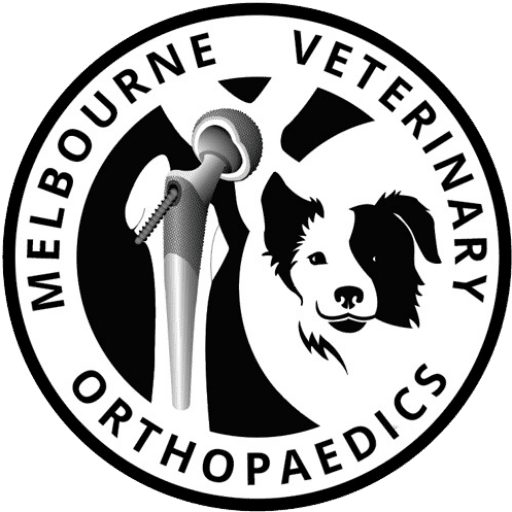Total hip arthroplasty in nine canine hind limb amputees: a retrospective study
C A Preston, K S Schulz, P B Vasseur
Objective: To determine the outcome of total hip arthroplasty in canine hindlimb amputees.
Study design: Retrospective evaluation of clinical cases.
Methods: Data recorded from the medical records of nine dogs included patient signalment, indication for amputation and total hip arthroplasty (THA), interval between amputation and THA, and surgical complications. Radiographs were used to assess implant orientation and evidence of complications. Functional outcome was assessed using direct patient evaluation by one of the authors or primary surgeons, or through telephone interview between the primary author and the owner.
Results: Seven dogs ultimately had a good or excellent clinical results. Complications occurred in five dogs. Four dogs luxated the prosthetic joint without an obvious traumatic event within 9 weeks of the initial surgery. Revision surgeries resulted in successful coxofemoral reduction in three of four dogs. There were no clinical or radiographic findings suggestive of implant loosening or infection.
Conclusion: THA can be a successful salvage procedure in the canine hindlimb amputee with disabling, non-neoplastic, noninfectious coxofemoral disease. The risk of luxation in the early postoperative period is high and revision surgery is required for stabilization.
